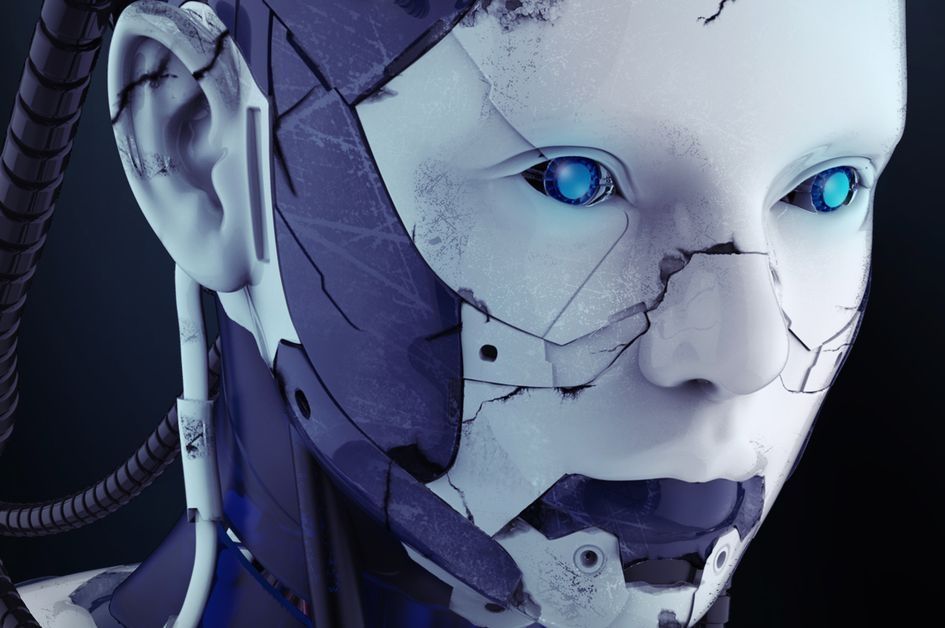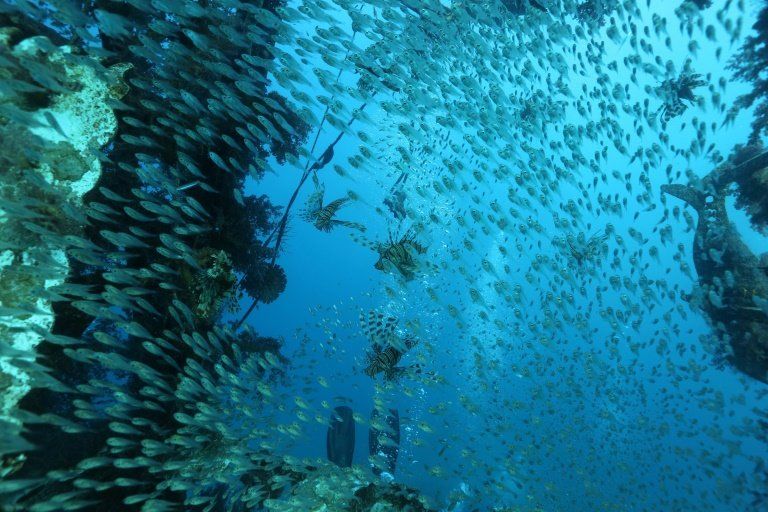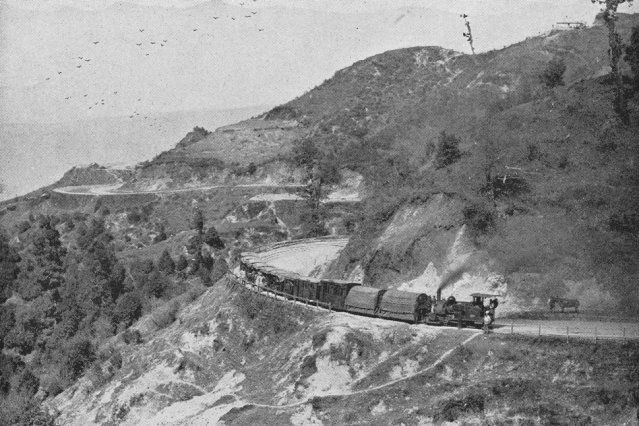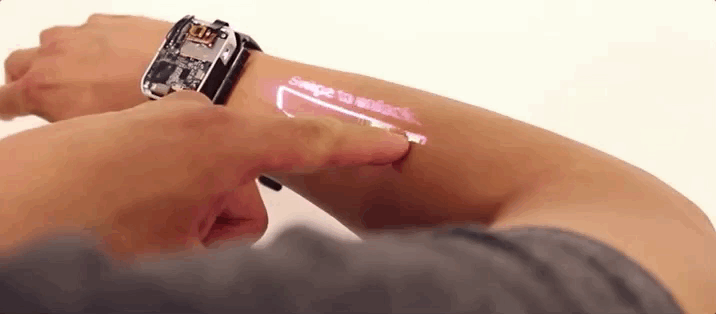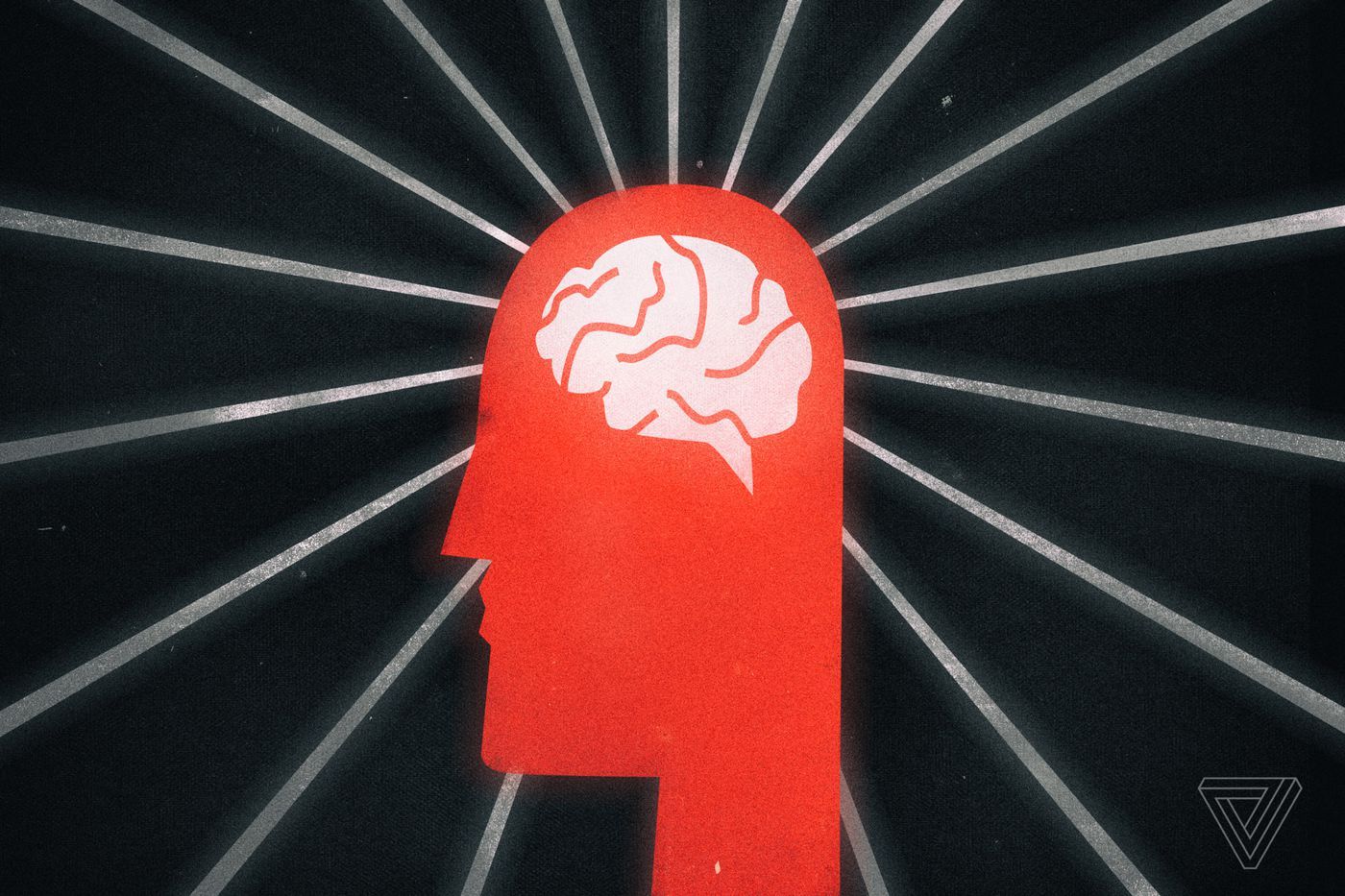Page 8852
Apr 27, 2018
Can fish school cars in how to drive together?
Posted by Bill Kemp in categories: robotics/AI, transportation
In the not so distant future autonomous vehicles may rule the road. Could the ability of fish to swim together provide insights for engineers to make automated driving safer?
“One thinks about autonomous cars in isolation. But what is also important is the information which is being shared between cars,” Trevor Worthington, Shanghai-based vice president for product development at Ford Asia Pacific, told journalists this week at the Beijing auto show.
“For example, I’m a car driver now on the road, I don’t know whether it’s a dog or a person (in front of me). But that other car has a much better view and knows it’s a dog. So, if it was able to share information with me…” that could help avoid an accident, he said.
Apr 27, 2018
Hyundai design flying city in SHOCK bid to save mankind from apocalyptic future
Posted by Klaus Baldauf in categories: futurism, transportation
A FLYING city built to save the world has been devised by car giant Hyundai as humanity slips towards environmental disaster.
Apr 27, 2018
How much does infrastructure boost an economy?
Posted by Bill Kemp in categories: economics, food
Before 1870, India barely had railroads. It didn’t have many canals either, and only a small percentage of the population lived along the three main rivers. So when goods needed to be transported, people used steer, which could pull freight about 20 miles per day.
But the British, India’s colonial rulers, started building rail lines, and then built some more. By 1930, there were more than 40,000 miles of railroads in India, and goods could be shipped about 400 miles a day.
The result? As MIT economist David Donaldson shows in a newly published study on the economic impact of building infrastructure, railroads fostered commerce that raised real agricultural income by 16 percent.
Apr 27, 2018
This projector smartwatch turns your arm into a terrible touchscreen
Posted by Klaus Baldauf in category: futurism
Researchers at the University of Carnegie Mellon University have unveiled a new “first-of-its-kind” smartwatch that can turn your arm into a touchscreen. The prototype LumiWatch projects an interactive surface area on the wearer’s arm or hand, allowing them to tap and swipe on their skin to use the watch. The prototype shows how an on-body interface might work: you swipe left to unlock the watch, and apps are then displayed along your arm. The watch can project an interface up to 40 square centimeters in size, which the researchers say is roughly 5 times bigger than the interface of a typical smart watch.
Apr 27, 2018
How AI is helping us discover materials faster than ever
Posted by Derick Lee in categories: information science, robotics/AI
Another problem is that we still don’t have enough data about every compound, according to Wolverton, and a lack of data means algorithms aren’t very smart. That said, he and Mehta are now interested in using their method on other types of materials beside metallic glass. And they hope that one day, you won’t need a human to do experiments at all, it’ll just be AI and robots. “We can create really a completely autonomous system,” Wolverton says, “without any human being involved.
For hundreds of years, new materials were discovered through trial and error, or luck and serendipity. Now, scientists are using artificial intelligence to speed up the process.
Apr 26, 2018
This company is making an at-home CRISPR kit to find out what’s making you sick
Posted by Shane Hinshaw in categories: biotech/medical, food, habitats, health, mobile phones

A new biotech company co-founded by CRISPR pioneer Jennifer Doudna is developing a device that uses CRISPR to detect all kinds of diseases like malaria, tuberculosis, and Zika. The tech is still just in prototype phase, but research in the field is showing promising results. These CRISPR-based diagnostic tools have the potential to revolutionize how we test for diseases in the hospital, or even at home.
Called Mammoth Biosciences, the company is working on a credit card-sized paper test and smartphone app combo for disease detection. But the applications extend beyond that: The same technology could be used in agriculture, to determine what’s making animals sick or what sorts of microbes are found in soil, or even in the oil and gas industry, to detect corrosive microbes in pipelines, says Trevor Martin, the CEO of Mammoth Biosciences, who holds a PhD in biology from Stanford University. The company is focusing on human health applications first, however.
Continue reading “This company is making an at-home CRISPR kit to find out what’s making you sick” »
Apr 26, 2018
Gaia maps the Milky Way to the tune of 1.7 billion stars
Posted by Genevieve Klien in category: space travel

The European Space Agency (ESA) has taken a “galactic census” of the Milky Way, unveiling the second major data release from the Gaia mission. Along with some stars further afield, the data release provides the most detailed map of our home galaxy, which includes position, distance and motion data of nearly 1.7 billion stars, as well as the orbits and positions of thousands of asteroids.
The Gaia spacecraft began scanning the sky in 2014, and in September 2016 the first data release was published based on 14 months of observations. It contained position and brightness data of 1.1 billion stars, as well as the distance and motion data of two million of those stars.
Continue reading “Gaia maps the Milky Way to the tune of 1.7 billion stars” »
Apr 26, 2018
North Korea’s Nuclear Test Site Has Collapsed: Chinese Scientists
Posted by Genevieve Klien in categories: existential risks, nuclear weapons
Chinese scientists urge the authorities to monitor and prevent potential radioactive leakage.
